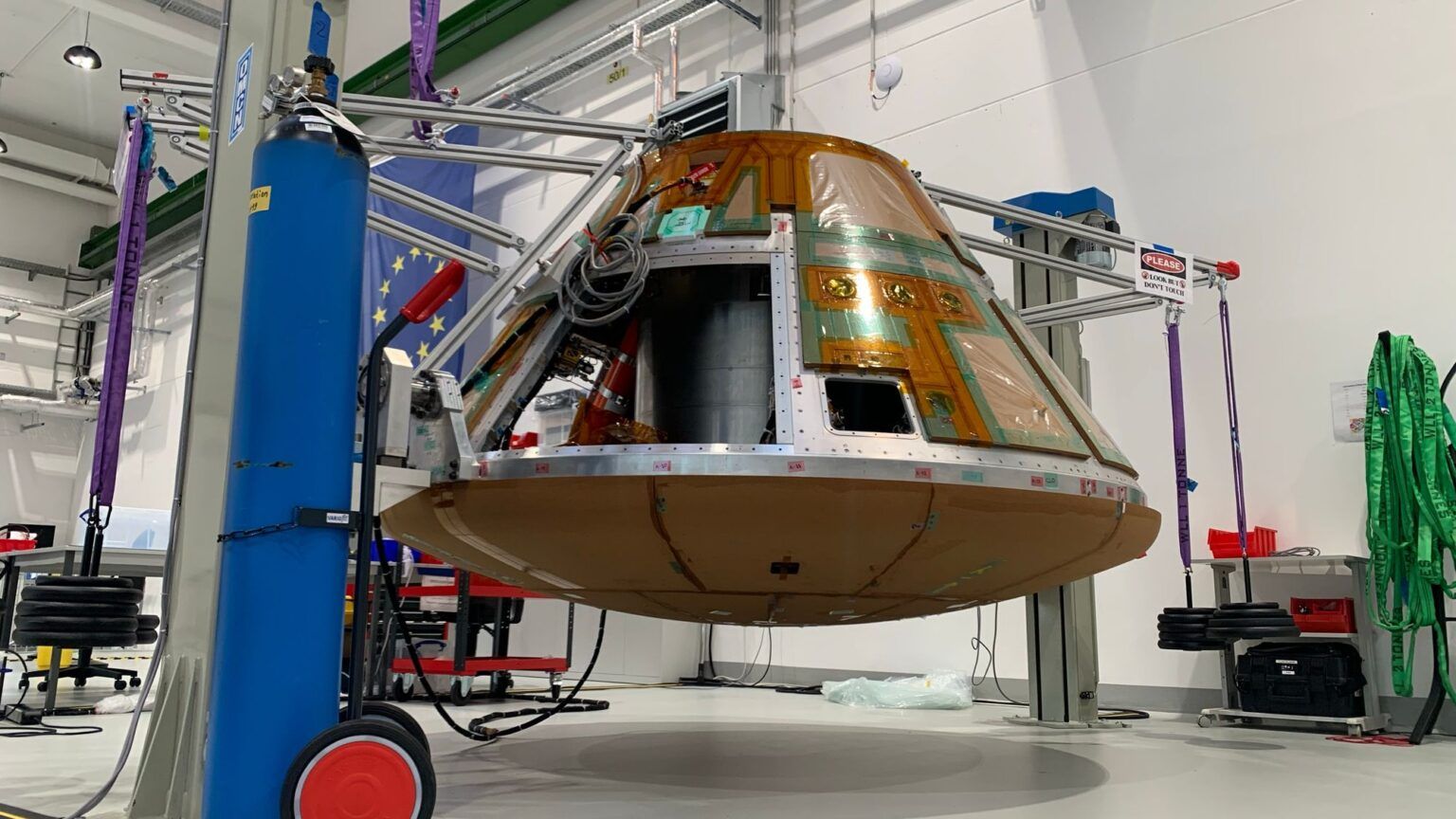Space Elevators Could Totally Work—If Earth Days Were Much Shorter
Space Elevators Could Totally Work—If Earth Days Were Much Shorter
Space elevators have long been a dream of scientists and engineers as a way to easily transport...

Space Elevators Could Totally Work—If Earth Days Were Much Shorter
Space elevators have long been a dream of scientists and engineers as a way to easily transport materials and people into space without the need for expensive rockets. However, one major obstacle in the way of this technology becoming a reality is the length of an Earth day.
Currently, the Earth rotates on its axis once every 24 hours, which creates a significant challenge for building a space elevator that can withstand the forces of gravity and rotation. If Earth days were much shorter, say 10 or even 5 hours long, it would be much easier to construct a stable space elevator that could reach into orbit.
With a shorter day, the centrifugal force created by the rotation of the Earth would be significantly reduced, making it easier to build a space elevator that could reach into space without collapsing under its own weight. This would revolutionize space travel and open up new opportunities for exploration and commerce.
Space elevators could also provide a more sustainable and cost-effective way to transport materials and people into space. Rockets are expensive to build and launch, and they produce a significant amount of pollution. A space elevator could provide a much more environmentally friendly alternative.
While the idea of a space elevator may currently seem like science fiction, with advances in materials science and engineering, it could one day become a reality. And if Earth days were much shorter, that reality could be closer than we think.
In conclusion, space elevators could totally work if Earth days were much shorter. This would make it much easier to build a stable and reliable system for transporting materials and people into space, revolutionizing space travel as we know it.




